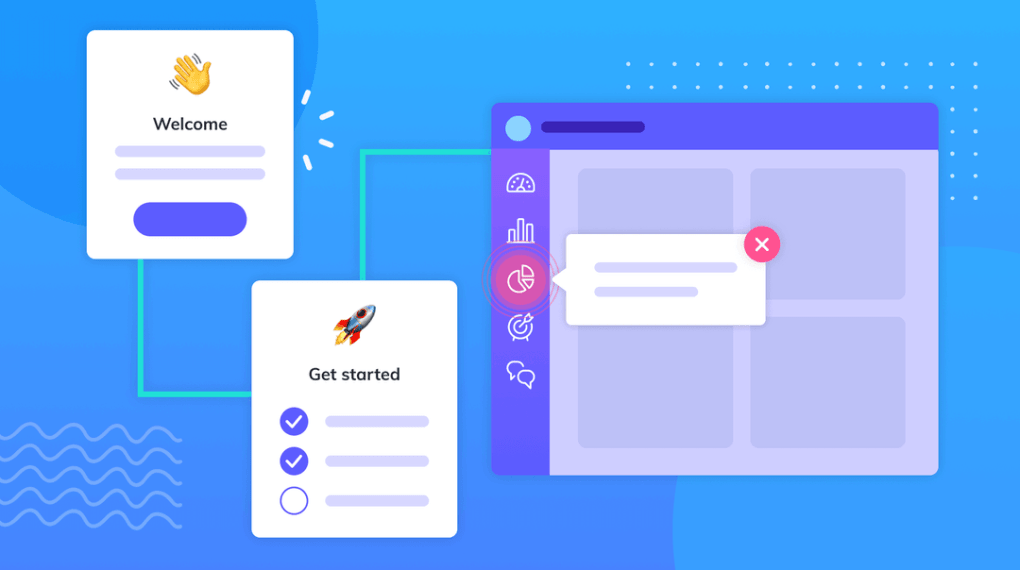Everything You Need to Know About Onboarding Flows

When you open an app for the first time, it might confuse you. To avoid new users from getting stranded, guide your users when you release a new website, tool, or app. It might be difficult for new users to find what they need and know how everything works. It is unfortunate if your app was used once and then left alone. It is heartbreaking for the developer, but it’s how things are. A user onboarding flow goes a long way to keep the user interested in adopting your product.
A good quality user onboarding flow, help to increase user satisfaction, conversions, and user activation of the product. Use different methods like videos, GIFs, creating product tours, or images to achieve your onboarding goals. A good onboarding experience is goal-driven and puts the user first.
Types of user onboarding flow.
The main types of user onboarding flow include:
1.Desktop user onboarding flow.
It introduces the user to a task management tool.
2.Mobile user onboarding flow.
It introduces the user to a productivity app, game, or banking app.
The goals of user onboarding flow.
- “Aha,” moment focused.
Use an onboarding flow that focuses on the product’s benefit if you aim to fight churn. Ensure the user reaches the “aha” moment by helping them understand the product’s benefit and assure them why they are there.
2.Feature-focused.
Besides educating new users about the product, onboarding flows help introduce new features to current users.
3.Success-focused.
It trains the users to navigate the product interface and hence get the best out of the tool.
4.Account-focused.
This flow type depends on the product and is essential if you need to create an account.
Which methods are used to achieve onboarding goals?
1.Product tours.
To help a user navigate through an education onboarding, incorporate modals, banners, and hotspots into the product tours. When the product is launched for the first time, the best onboarding experience triggers a product tour.
2.Use images, GIFs, and videos.
People tend to remember more information when they learn through videos, images, or GIFs, compared to text. Using visuals is the best way to increase the user’s desire for content engagement.
3.Introduce tooltips.
It is absurd to expect your customers to consume all the product information at once. Tooltip is a great way to help your users become successful product users throughout the onboarding process. During the onboarding flow experience, feed your users with small prompts and helpers to remind them what something does.
Conclusion.
Even if a user interface isn’t complicated, you cannot expect a new user to know how to use it without guidance. If you have a new feature or an updated interface, you shouldn’t expect an existing user to understand it without help. The first impact of the product on the user is crucial. The onboarding process should begin even before the user interacts with the product. To help your users understand how a product works, guide them using user onboarding flow. To achieve onboarding goals, use methods like product tours, tooltips, and images or videos.